Sports have been an integral part of cultures worldwide, providing entertainment, competition, and a glimpse into unique traditions. While mainstream sports like soccer and basketball dominate the global stage, there are numerous lesser-known sports with fascinating histories and cultural significance. This article explores the top 12 lesser-known sports, delving into their rich backgrounds, unique rules, and the communities that keep these traditions alive. From ancient combat sports to quirky modern games, these sports offer a diverse and intriguing look into the world of athletic competition beyond the mainstream.
Calcio Storico
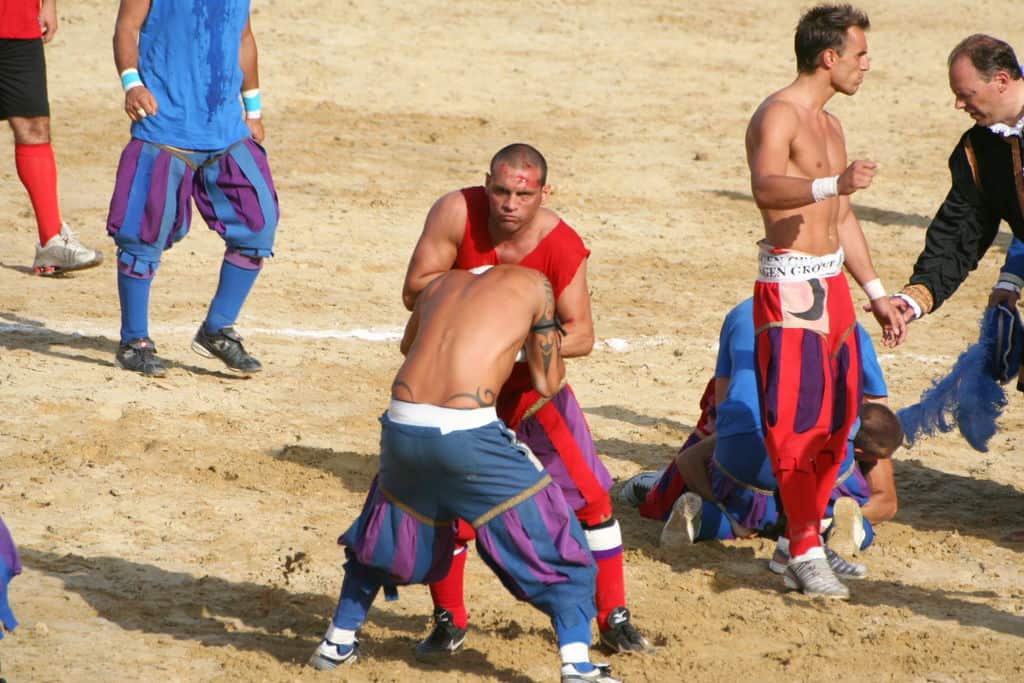
Calcio Storico, originating in Florence, Italy, is a sport that blends elements of soccer, rugby, and wrestling. Dating back to the 16th century, this historical game is played in a sand-filled arena, with two teams of 27 players each. The objective is to score goals by getting the ball into the opponent’s net, but players are allowed to use any means necessary, including grappling and tackling, to gain possession of the ball. The sport’s rich history is celebrated annually with matches held in Piazza Santa Croce, maintaining its traditional rules and intense physicality. Its obscurity outside Italy adds to its mystique and cultural significance.
Sepak Takraw
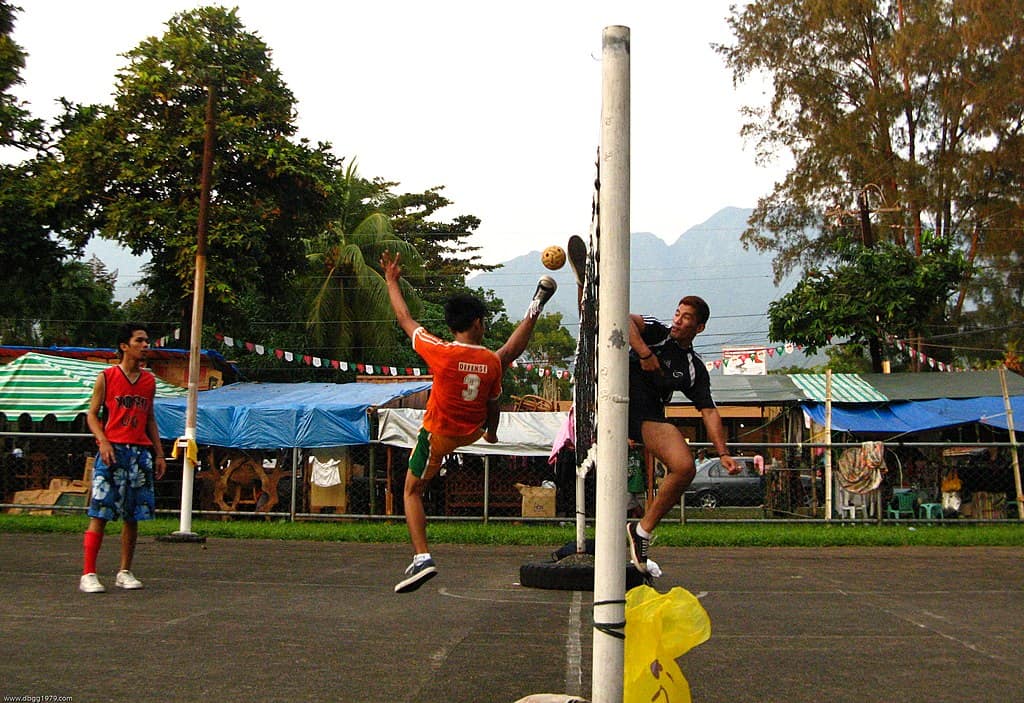
Sepak Takraw is a spectacular sport native to Southeast Asia, especially prevalent in Thailand, Malaysia, and Indonesia. This game is similar to volleyball but with a twist: players use their feet, knees, chest, and head instead of their hands to hit a rattan ball over a net. Known for its acrobatic and gravity-defying moves, Sepak Takraw requires immense skill, flexibility, and coordination. The sport’s roots can be traced back several centuries, with historical records mentioning its play in royal courts. Despite its regional popularity, Sepak Takraw remains relatively unknown globally, making it a unique and culturally rich sport.
Buzkashi
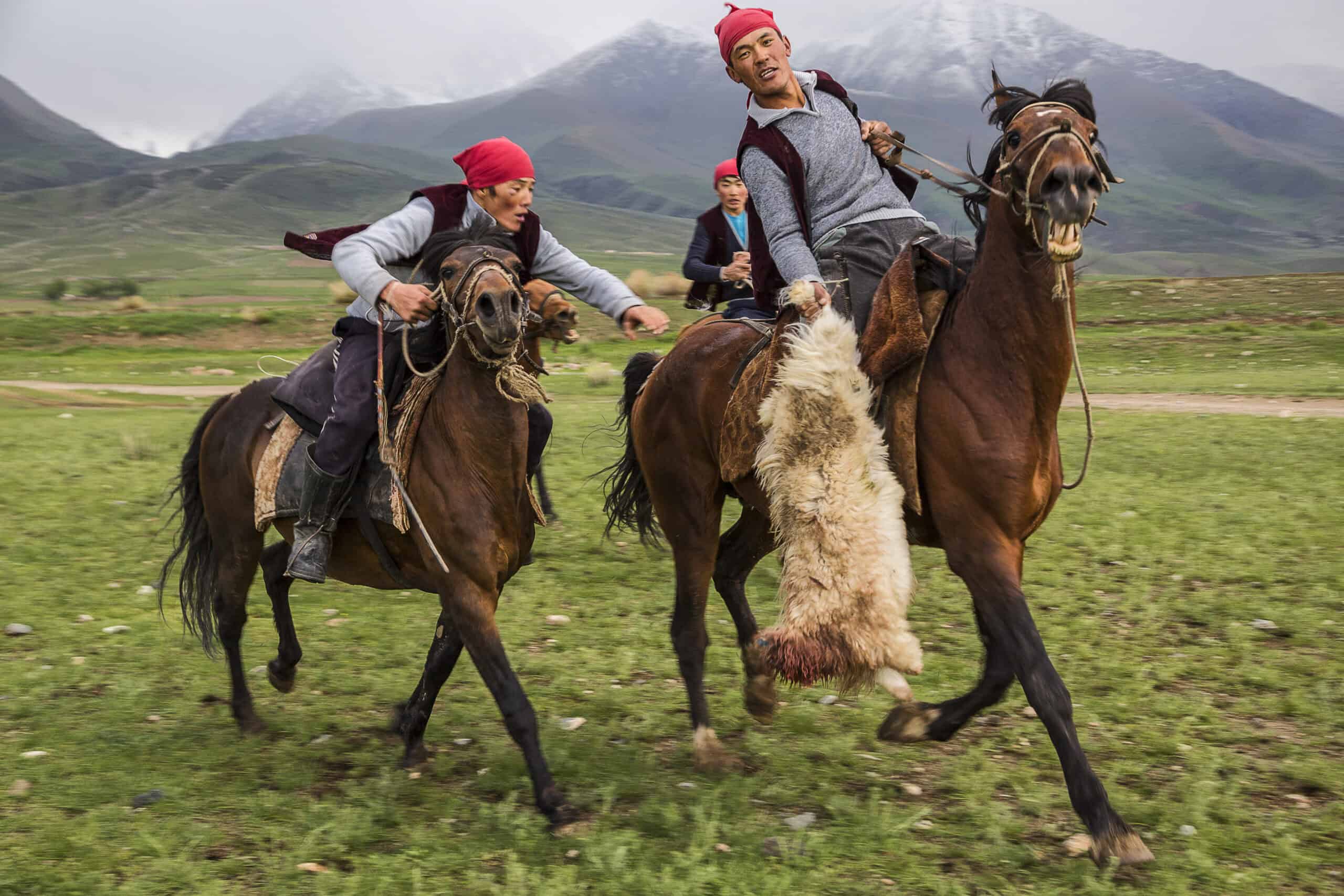
Buzkashi, the national sport of Afghanistan, is a rugged and intense game played on horseback. Originating from the nomadic tribes of Central Asia, this sport involves players, known as Chapandaz, competing to grab and retain possession of a goat carcass, maneuvering it across a goal line. Buzkashi requires exceptional horsemanship, strength, and endurance, as the game can last for several days. Its historical significance is deeply rooted in the traditions of Central Asian tribes, symbolizing strength and bravery. Despite its violent nature and complex rules, Buzkashi is a cherished cultural tradition in the regions where it is played.
Kabaddi
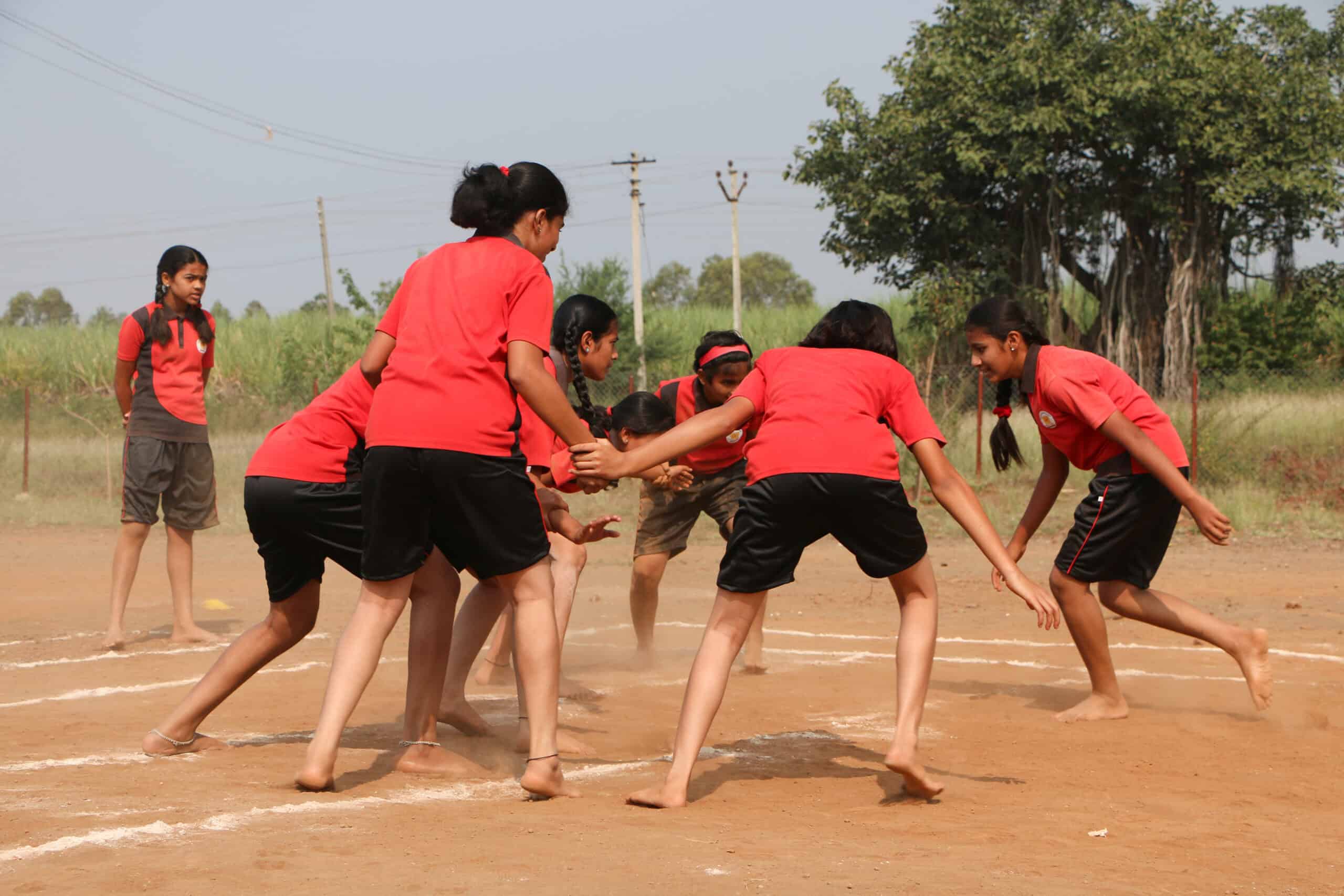
Kabaddi is a traditional sport with roots in ancient India, widely played in South Asia. This contact team sport involves a “raider” from one team entering the opponent’s half of the court to tag as many defenders as possible and return to their half, all while holding their breath and chanting “Kabaddi.” The game’s simplicity, combined with the need for agility, strength, and strategy, makes it both exciting and accessible. Kabaddi’s history dates back over 4,000 years, often associated with warrior training exercises. Though immensely popular in countries like India and Bangladesh, it remains relatively unknown outside the region.
Hurling

Hurling is one of Ireland’s oldest and fastest field sports, with a history spanning over 3,000 years. Played with a wooden stick called a hurley and a small ball known as a sliotar, the objective is to score points by hitting the ball into the opponent’s goal or over the crossbar. Hurling is renowned for its speed, skill, and physicality, requiring players to master striking the ball both on the ground and in the air. As a cornerstone of Irish culture and identity, hurling’s rich heritage is celebrated in local clubs and national championships, though its recognition remains limited outside Ireland.
Bossaball
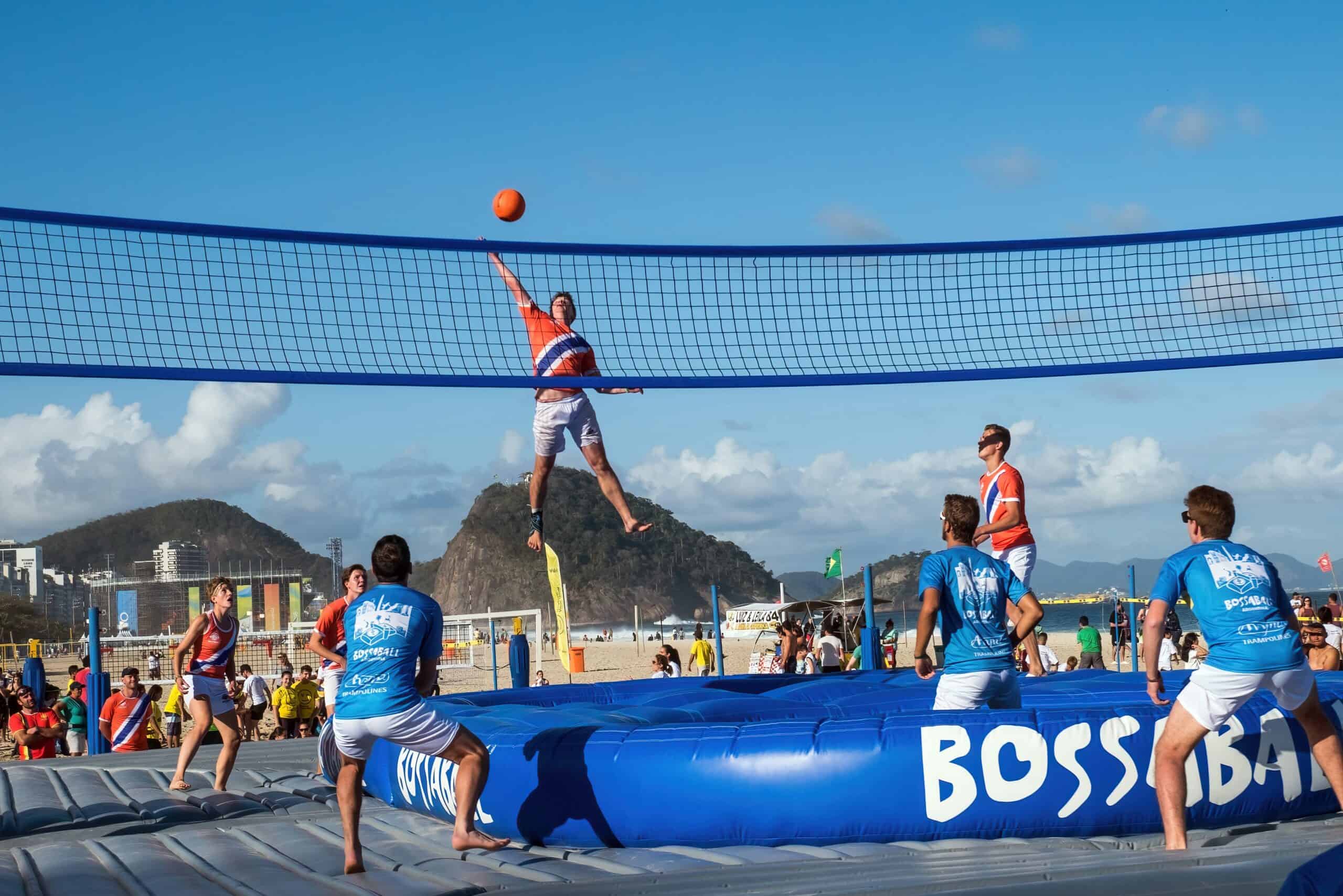
Bossaball, a relatively new sport originating from Belgium, uniquely combines elements of volleyball, soccer, gymnastics, and capoeira. Played on an inflatable court with a trampoline on each side of the net, players can score points by hitting the ball over the net using any part of their body. The trampoline allows for spectacular acrobatic moves and high-flying spikes, making the game visually thrilling. Music often accompanies matches, enhancing the festive atmosphere. Despite its recent inception, Bossaball has gained popularity in various countries, though it remains a niche sport compared to mainstream activities.
Hornussen
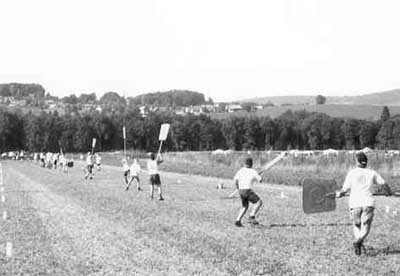
Hornussen, a traditional Swiss sport dating back to the 17th century, involves players hitting a small rubber disk, known as a “Nouss,” with a long, flexible rod called a “Träf.” The goal is to send the Nouss as far as possible while the opposing team tries to stop it using wooden boards. Hornussen requires a blend of precision, strength, and teamwork. It is often described as a mix of golf and baseball. Though deeply embedded in Swiss culture, particularly in rural areas, Hornussen remains largely unknown outside Switzerland, contributing to its status as a lesser-known yet historically rich sport.
Bo-Taoshi
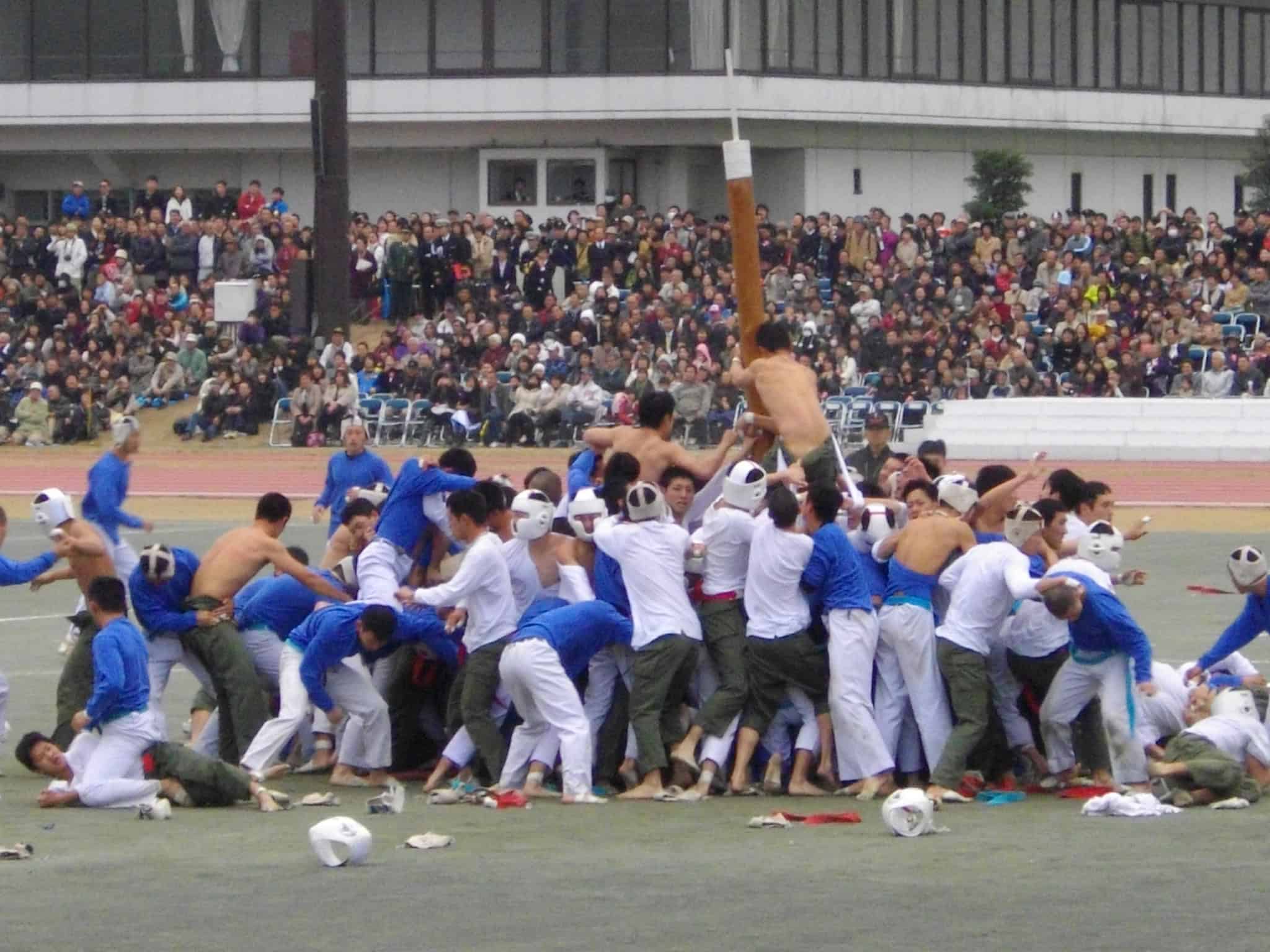
Bo-Taoshi is a Japanese sport that can be described as a chaotic mix of rugby and capture the flag. Traditionally played by cadets at Japan’s National Defense Academy, the game involves two teams of 150 players each: one team defends a wooden pole while the other tries to topple it. The game is intensely physical, with players climbing over each other, pushing, and pulling to achieve their goal. Bo-Taoshi’s roots lie in military training exercises, designed to build teamwork and resilience. Its large-scale, aggressive nature and limited play outside specific contexts contribute to its obscurity.
Hot Air Balloon Racing

Hot Air Balloon Racing was featured in the 1900 Paris Olympics, coinciding with the World’s Fair. Competitors aimed for the longest distance traveled, highest altitude reached, and best aerial photographs. This whimsical sport captured the adventurous spirit of the era, with notable achievements like French balloonist Henry de La Vaulx’s 768-mile flight from Paris to Poland. Despite its brief Olympic stint, hot air balloon racing remains a niche sport, celebrated in specialized events and festivals. Its unique blend of technology, skill, and exploration highlights its historical significance and enduring charm.
Tug of War
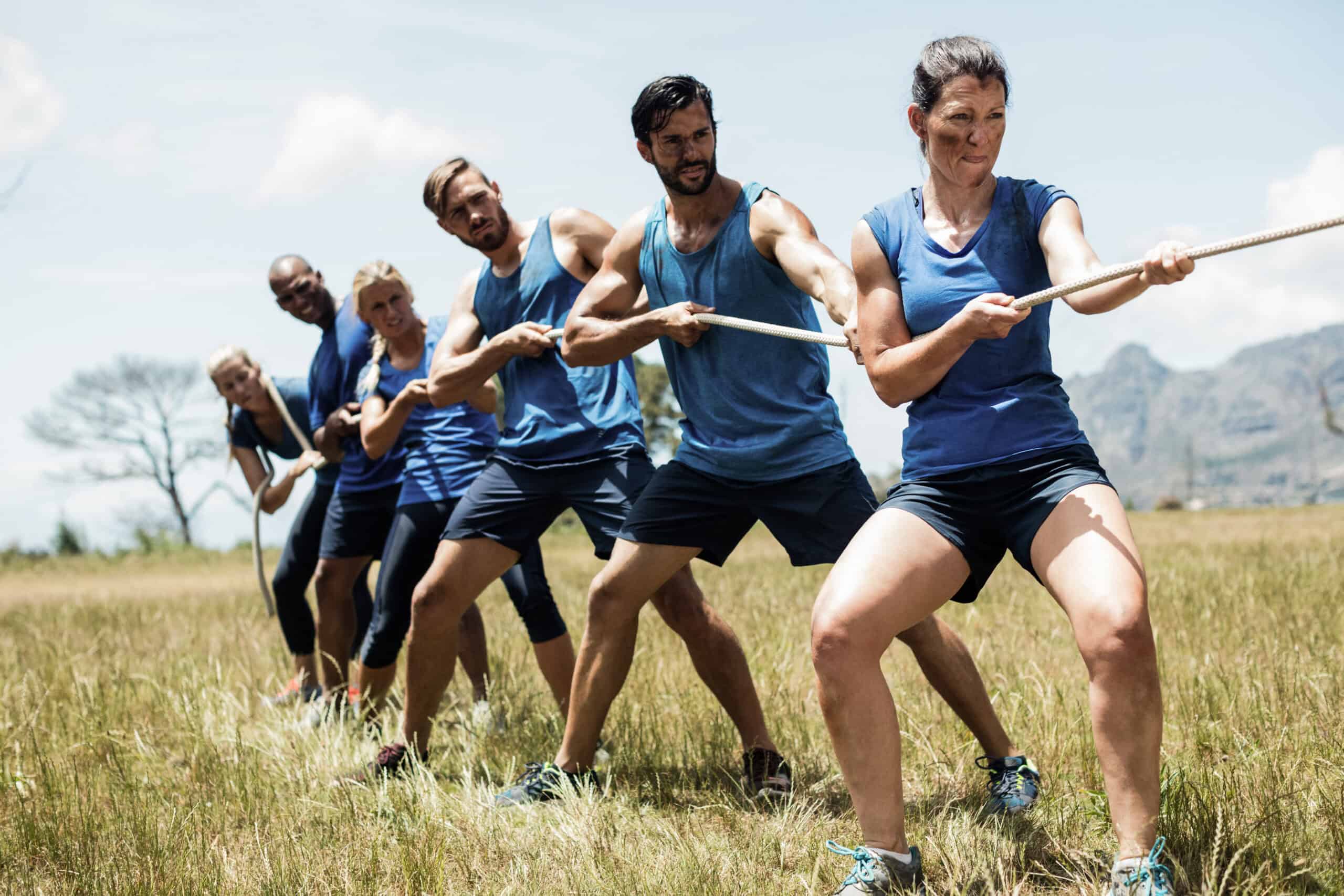
Tug of War was a staple of the early modern Olympics, featured from 1900 to 1920. Teams competed to pull the opposing side across a designated line. The sport’s simplicity belied its strategic depth, requiring strength, coordination, and teamwork. Tug of War’s Olympic history is marked by dramatic matches and controversies, such as the 1908 dispute involving heavy-booted Liverpool policemen. Although it was eventually dropped from the Olympic roster, Tug of War continues to be played worldwide, from casual gatherings to organized competitions, retaining its historical and cultural significance.
Soapbox Racing
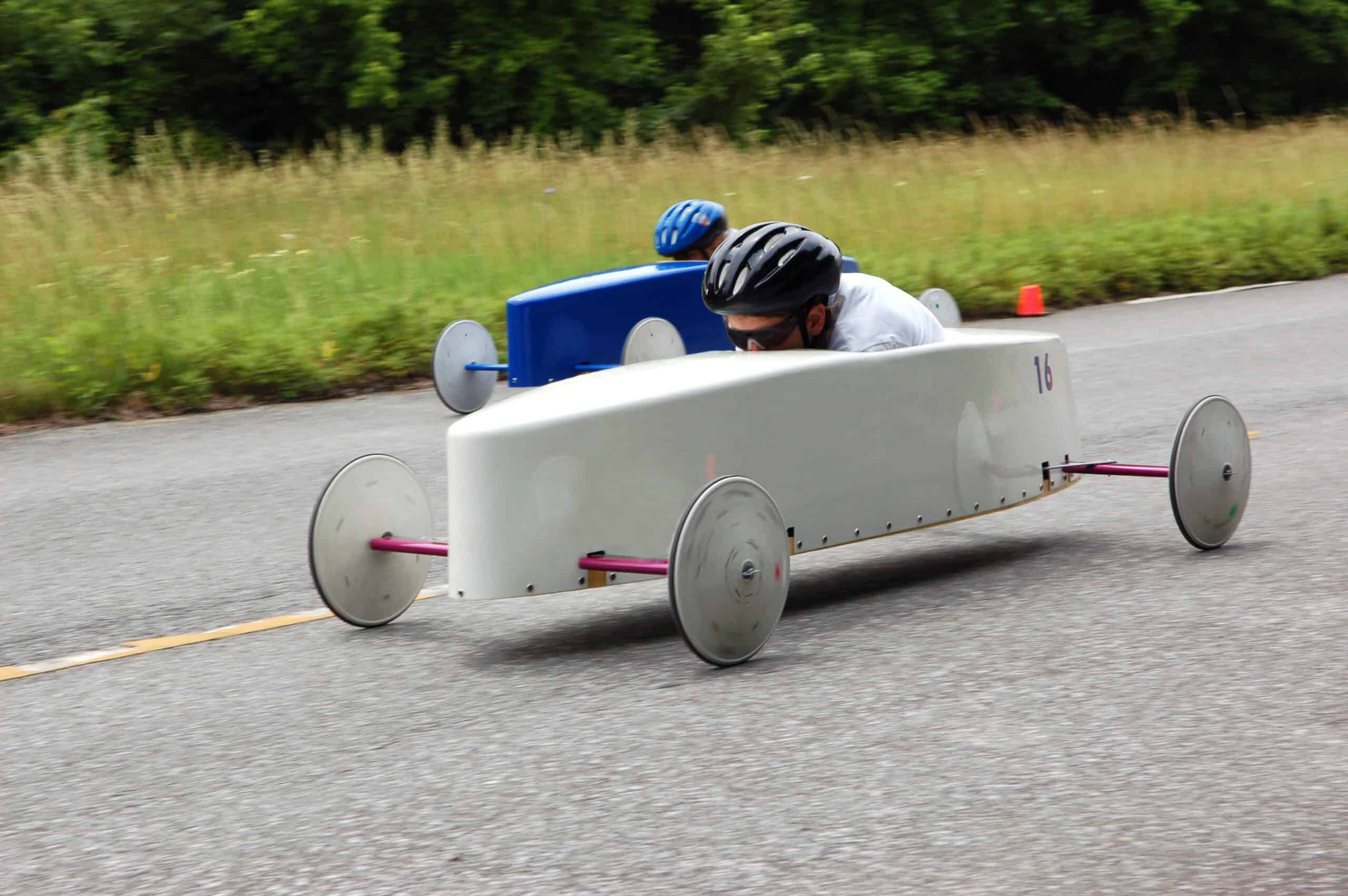
Soapbox Racing, popularized by events like the Red Bull Soapbox Race, involves racing homemade, non-motorized vehicles down a hill. Contestants navigate their creative and often whimsical designs through a challenging course, aiming for speed and style points. The sport’s origins date back to the 1930s in the United States, where it became a symbol of ingenuity and youth culture. Despite its decline in mainstream popularity, Soapbox Racing remains a beloved tradition at various local and international events, celebrated for its creativity, engineering challenges, and community spirit.
This article originally appeared on Rarest.org.
M0re from Rarest.org
8 In-Demand Vintage Wines and Their Prices

Exploring the world of vintage wines reveals a realm of history, luxury, and unmatched quality. Each bottle tells a story of time-honored traditions and exceptional craftsmanship. Read more.
13 Top Priced Aston Martins Ever Sold
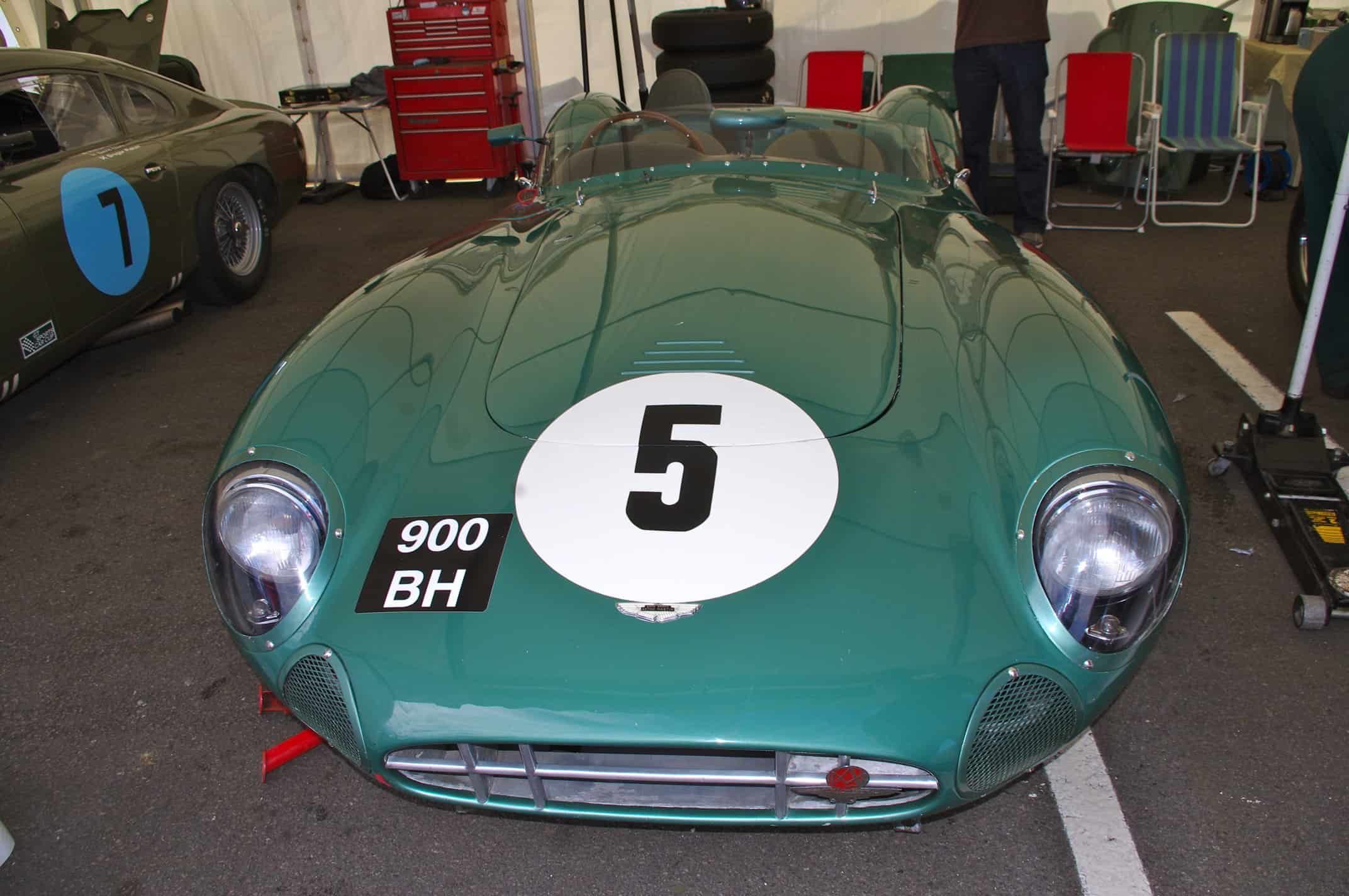
Aston Martin has a legacy of producing some of the most iconic and luxurious cars in the world. These vehicles are not just cars; they are masterpieces of engineering and design. Read more.
10 Most Expensive Large Dog Breeds
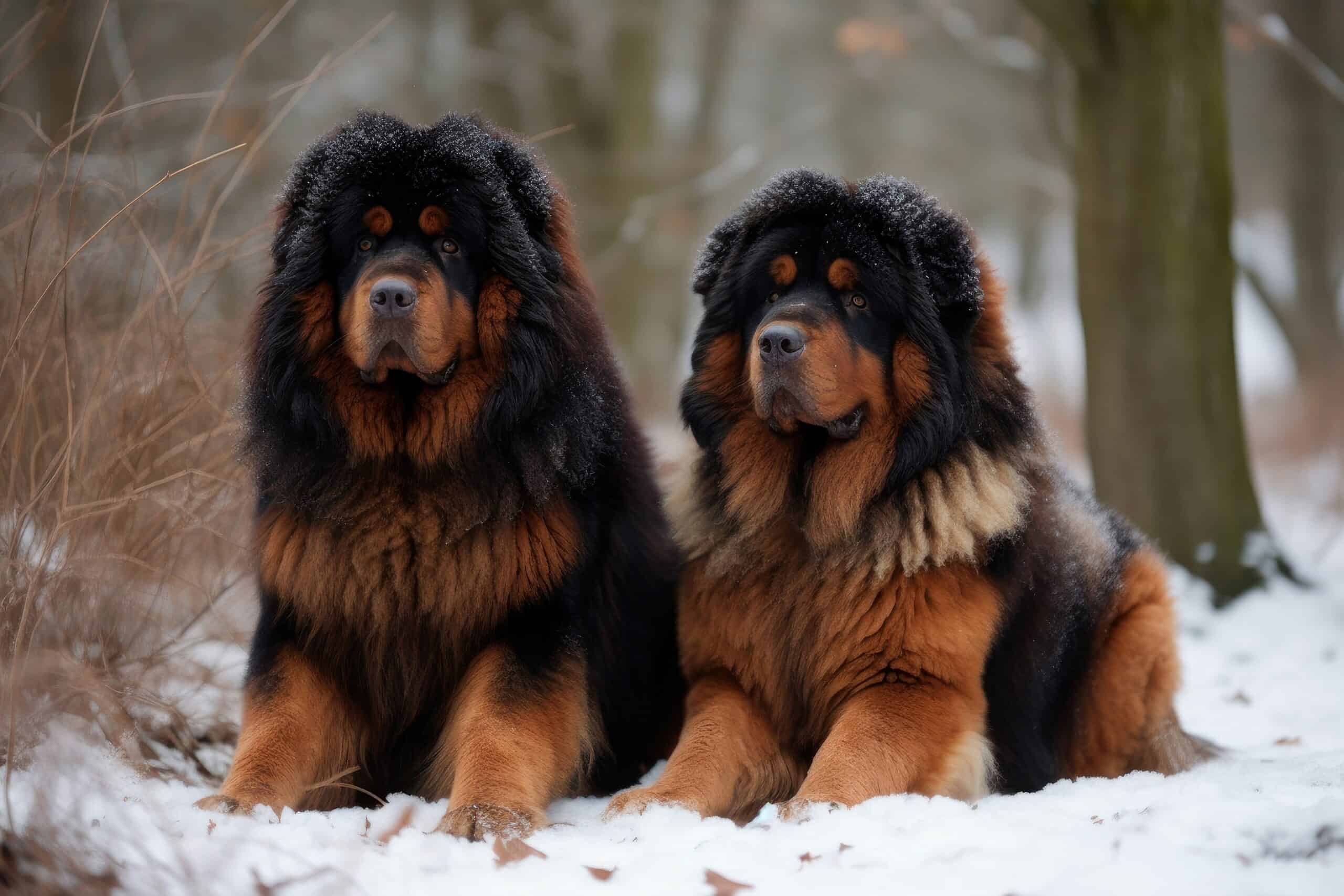
When it comes to large dog breeds, their size, strength, and majestic presence often come with a hefty price tag. These dogs are not only impressive in stature but also in the cost of acquiring and maintaining them. Read more.
